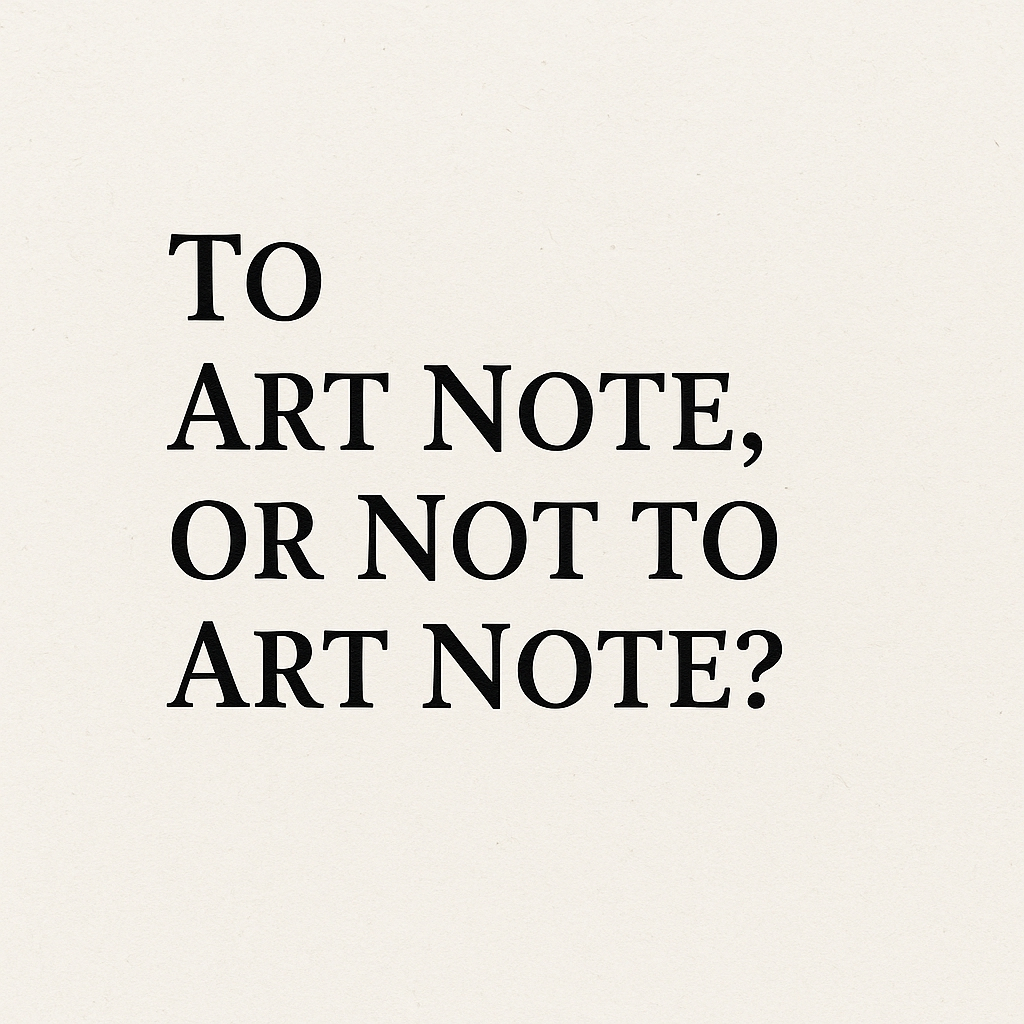
How & When to Use Art Notes in Picture Book Manuscripts
It’s a classic question: Should I include art notes in my picture book manuscript?
The answer – if you are an author only and not an illustrator – is…
No!
How the illustrations are realized are the sole responsibility of the illustrator, not the author. The illustrator gets to decide what the characters and world look like, how the action unfolds, and more. The illustrator’s job is considered just as important as the author’s in picture books, if not more so – and they must be given the freedom and autonomy to create their art without direction or micromanagement from the author.
Also, agents and editors are trained to think visually while reading picture book texts, without needing any input from you. Incorporating art notes in your manuscript can mark you as an amateur at best, and controlling at worst. So, leave the art notes out and trust that agents, editors, and illustrators will have the skill to envision the action – and the final product.
There is, however, one caveat.
If an essential plot point, punchline, or character emotion isn’t clear from the text alone, a brief art note can be helpful.
Use art notes only when the story would be confusing without them. And when you do:
- Keep them short (one line or less)
- Use brackets and italics: [Art note: Character hides under the table.]
The goal is to show—not tell—the story, even in collaboration with an illustrator you haven’t met.
(For more information on demystifying the submissions process, check out our free training at The Complete Picture Book Submissions System.)
